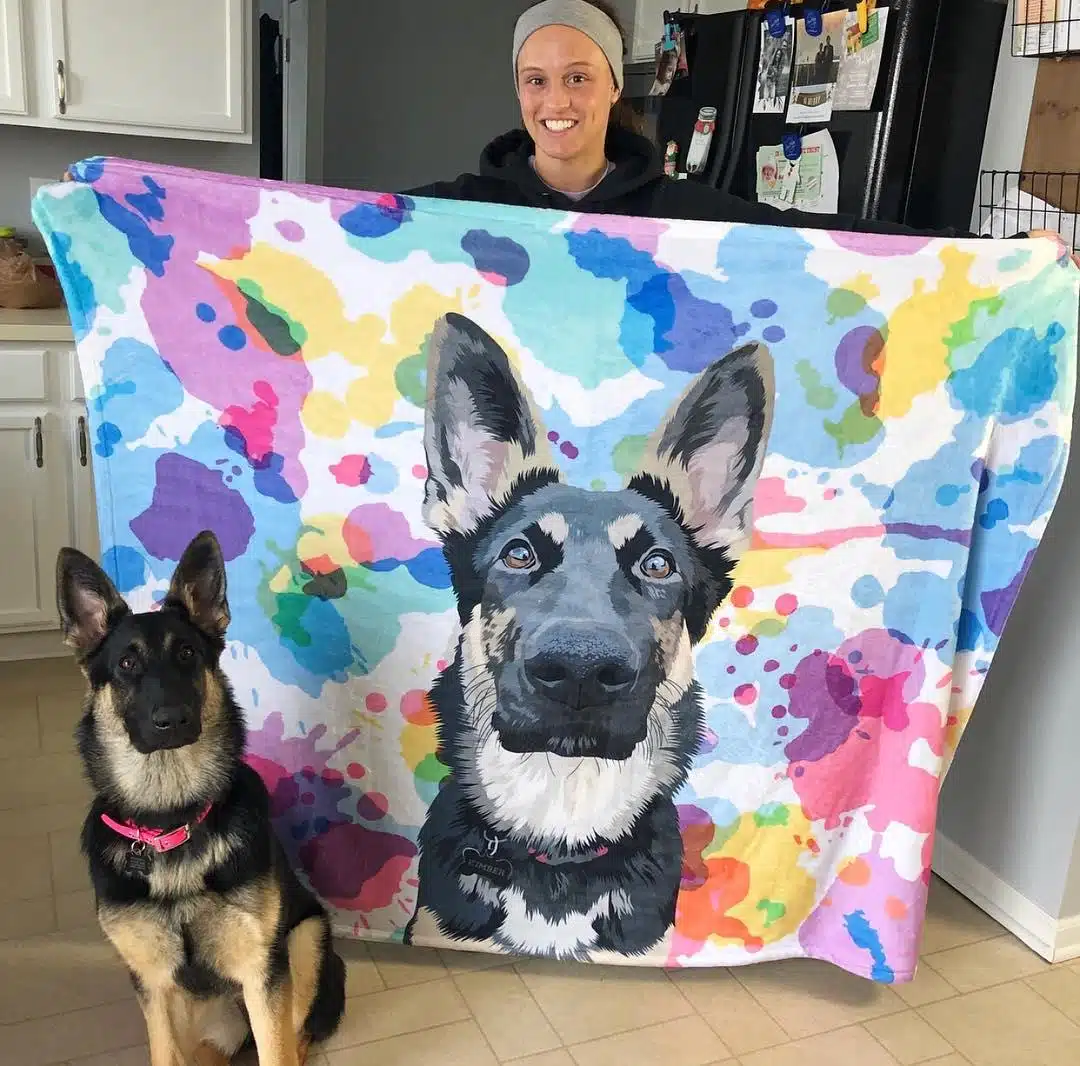Dog Training 101: Sit, Down, and Stay!
Sit, Down, and Stay! These are the most basic skills your dog should know. Thankfully, these commands are not that difficult to teach. In fact, you don’t need a Ph.D. degree in dog training. All you need is, of course, your dog, treats, and most importantly, patience.
If you have all these, then let’s go ahead and learn how to teach sit, down, and stay to your four-legged friend!
Sit!
Teaching your dog when to sit and how long she should sit helps you better control behavioral problems such as jumping up and running around.
The first thing you need to do is find a quiet place where you can train your dog. Keep distractions to a minimum or better yet, to zero, so your dog can focus on you. Bring a treat above your dog’s head in such a way that she looks up. Say “sit” and slowly move the treat toward his back. Your dog will try to keep her gaze to the treat by sitting down. When her bum hits the ground, say “good” (or click if you have a clicker) and give a treat. Repeat the whole process for about ten times.
After a few repetitions, your dog should already exhibit some signs of obedience and should be sitting reliably. If not, be patient. Every dog is different. Just keep going until she is ready for the next step.
Now that your dog knows how to sit, it’s time to teach her how to sit without giving a treat. This time, bring your hand over her head but without the treat. Say “sit” and if she obeys, reward her with three treats. Repeat for at least five times before you take a break.
You want to teach your dog to sit down with just a verbal cue. To do this, you need to slowly prevent your dog from being dependent on your hand gesture. At first, bring your hand over your dog’s head. Eventually, lessen the movement of your hands until you completely don’t need any gesture. This time, your dog should sit down with simply a word from you.
There are a few tips for you to remember. Make sure you come to a point where you don’t have to reward your dog for sitting down. You can practice at least five minutes per day just to reinforce the newly learned skill of your dog.
You can also command your dog to sit whenever she’s asking for something. It should be her way of saying, “please.” Obviously, you won’t always be in a quiet place. Thus, it would be a good idea as well to teach your dog how to sit even in the presence of distractions.
Down!
Lying down is a great way to calm down your dog and keep her in one place. When your dog starts to become unruly or barks too much, commanding her to lie down should do the trick.
Find a place with no to minimal distractions. Command your dog to sit down. Say “Down.” Then, bring your hand with the treat down to the floor, stop right between her front paws. Your dog will track down the treat with her nose and her whole body would eventually follow the treat and tries to lower her whole body. When she actually lies down, say “good” to reinforce the action. Give your dog a treat for any movement made towards the floor.
In this stage, the teaching process can be long. So, don’t be frustrated and don’t try to hold on treats for too long. Every actual down should be rewarded for this to work. After a few repetitions, your dog should lie down reliably. This time, you should say “down” and move your hand toward her paws. Don’t hold a treat anymore. However, if she successful follows your command, say “good” and give treats accordingly. After establishing the lie-down command without a treat, you should now work on saying “down” without the use of any hand gesture, but you can still give a treat.
Finally, work on training your dog to lie down without giving her a treat. Practice at least 5 minutes a day to reinforce the new trick. Don’t force your dog to go down as this may have a negative and even opposite effect. Encourage your dog to lie down by giving her a special bed or cushion. Practice the “down” command in all levels of distraction levels and various places. Given enough time, your dog should already follow you whenever you say, “down.”
Stay!
There are a lot of practical uses for the command “stay.” You can keep your dog from jumping on people, bolting out of the door or gate, and running around in a different direction. It simply helps her to keep still while you wait for something.
Find a quiet place to practice. Tell your dog to sit. Say, “stay” while you place a flat hand signal just a foot away from your dog’s face. Wait for 2 seconds and if he stays, then say “good” and give a treat. Increase the duration of your waiting time from 2 seconds to 4 seconds, from 4 seconds to 6 seconds, and so on until you reach 10 seconds.
If your dog gets up and isn’t listening, it could be that you are doing the process to quick. Shorten the waiting period until you feel that you can proceed again to a longer wait. Treat your dog every time she follows your command. After establishing the waiting time, you can now try to move away from your dog. This time you are not just establishing the waiting time, but also distance. Say, “stay” and take one step backward. Wait for 2 seconds. If your dog didn’t get up, say “good” and give a treat.
Repeat this process until your dog can wait for 10 seconds while you are one step away from her. Repeat again the process, but this time, you will be taking two steps away from her and wait for 10 seconds. If she gets up, shorten the waiting time. Try to eventually increase the distance to improve behavior.
Once you have established this behavior, you can then go ahead and try to teach her how to stay from a “down” position. Now, you can vary the level of difficulty. It really depends on you. If you see your dog is ready for a more difficult training, then go ahead. If not, then you can simply revert back again until a command is established.
Remember Why You’re Training
Training your dog shouldn’t feel like a chore. Make sure you have a lot of fun and patience too. Remember that you are training your dog not to simply teach her how to follow commands, but to help her become a well-adjusted and happy dog. So, keep going. You are doing this not just for your self, but for your four-legged friend! Are you in the middle of trying to train these commands? Maybe you’ve already mastered them! Comment below any questions or tips you may have for the rest of us!















